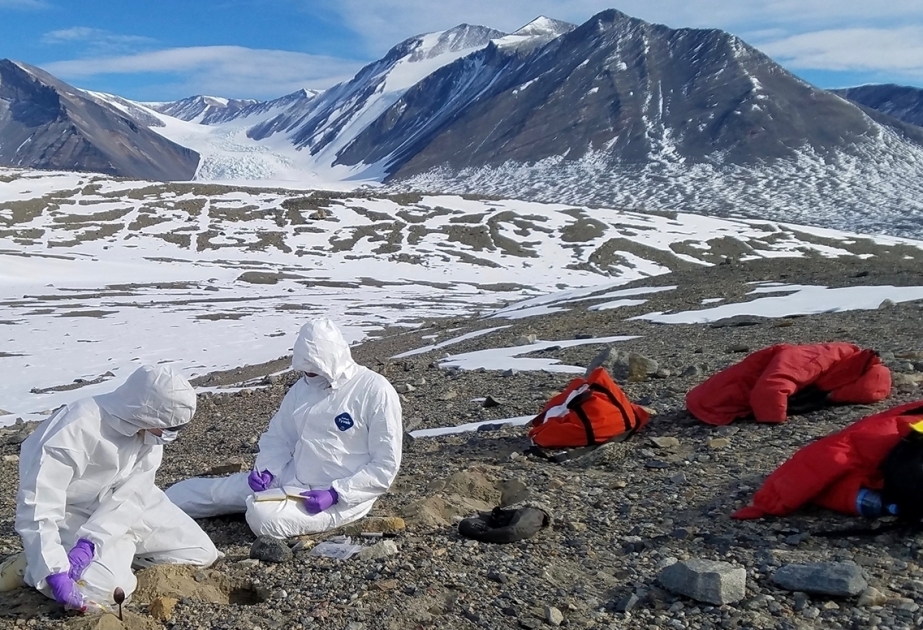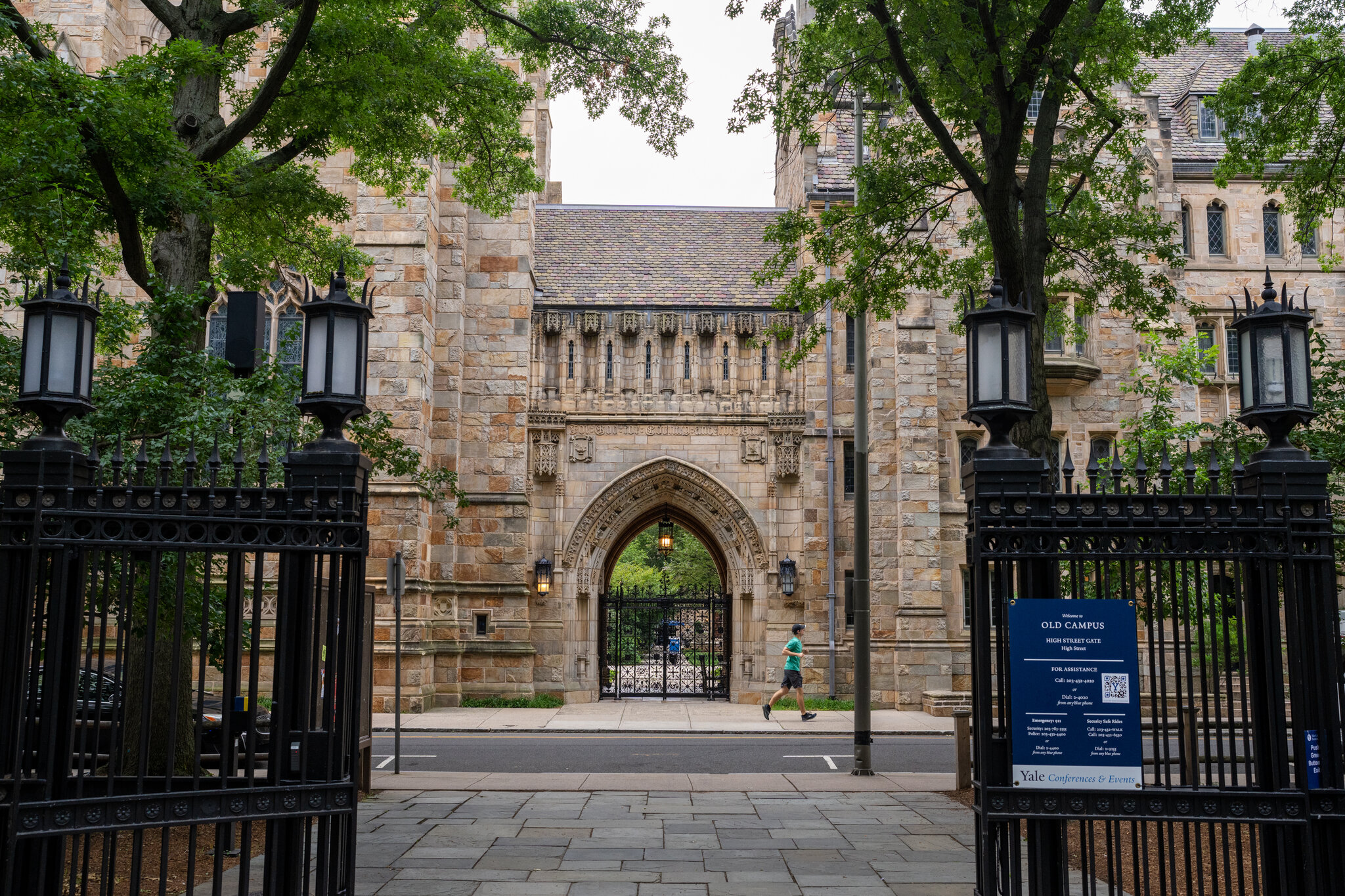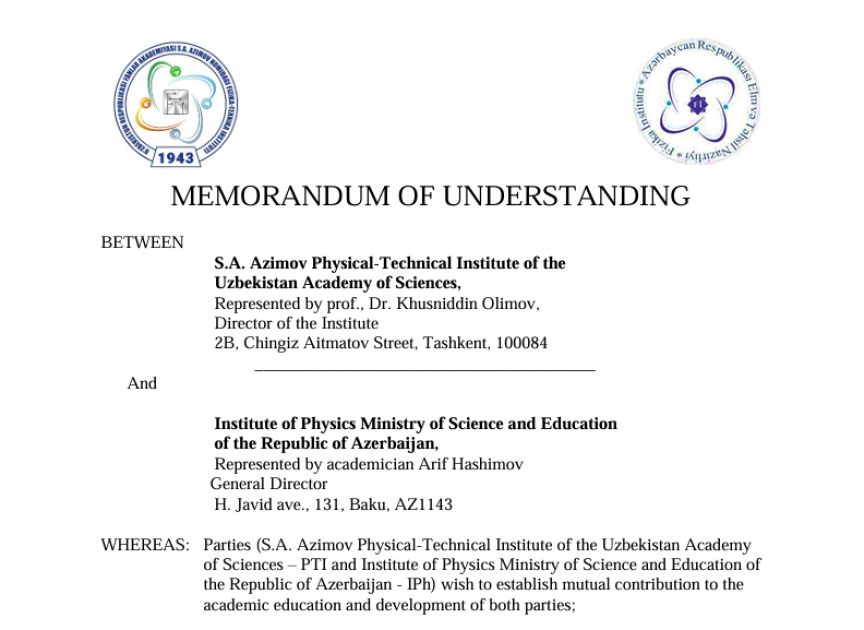Scientists have warned that ancient 'zombie viruses' trapped in permafrost in Siberia may soon be released and cause a new deadly pandemic as shipping in the region increases, according to Daily Mail.
Scientists have known for years that 'Methuselah microbes', cells that have stayed dormant in permafrost for tens of thousands of years, carry the risk of propagating and spreading like wildfire if taken out of their icy confines.
But they have begun to warn that with 2023 being the warmest year on record - by a long way - since global records began in 1850, the risk of a deadly pandemic caused by zombie viruses is higher than ever, as more and more permafrost, which covers a quarter of the northern hemisphere, is melting.
The World Wide Fund for Nature (WWF) reports that the Arctic's average temperature has already risen at a rate three times higher than the global average, and is the region with the highest rate of average temperature change.
Jean-Michel Claverie, a geneticist at Aix-Marseille University in the south of France, told the Observer: 'The crucial point about permafrost is that it is cold, dark and lacks oxygen, which is perfect for preserving biological material.
'You could put a yoghurt in permafrost and it might still be edible 50,000 years later.'
He said that the disappearance of Arctic sea ice, caused by global warming, posed a massive risk to human health.
'That is allowing increases in shipping, traffic and industrial development in Siberia. Huge mining operations are being planned, and are going to drive vast holes into the deep permafrost to extract oil and ores,' he told the newspaper.
'Those operations will release vast amounts of pathogens that still thrive there. Miners will walk in and breath the viruses. The effects could be calamitous.'
Scientists have long spoken out about the risk of introducing ancient pathogens to the modern world, saying that they may be extremely difficult to fight, given how different they are from modern pathogens.
Claverie, along with a team of other scientists, previously published research that showed that roughly one in a hundred ancient pathogens caused major disruptions to ecosystems.
Though the number seems small, the teams research claims that four sextillion cells escape permafrost every year at current rates.
'One percent of 4 sextillion is a number most people can’t even conceive. There’s so many, many opportunities for this to happen.
'The probability is rare for one individual virus, but there are so many potential viruses,' Corey Bradshaw, the Director of the Global Ecology Laboratory at Flinders University in Australia, previously told CNN.
Last year, scientists from Russia, Germany and France identified six ancient diseases trapped in permafrost that had the potential to wreak untold havoc on the world.


















